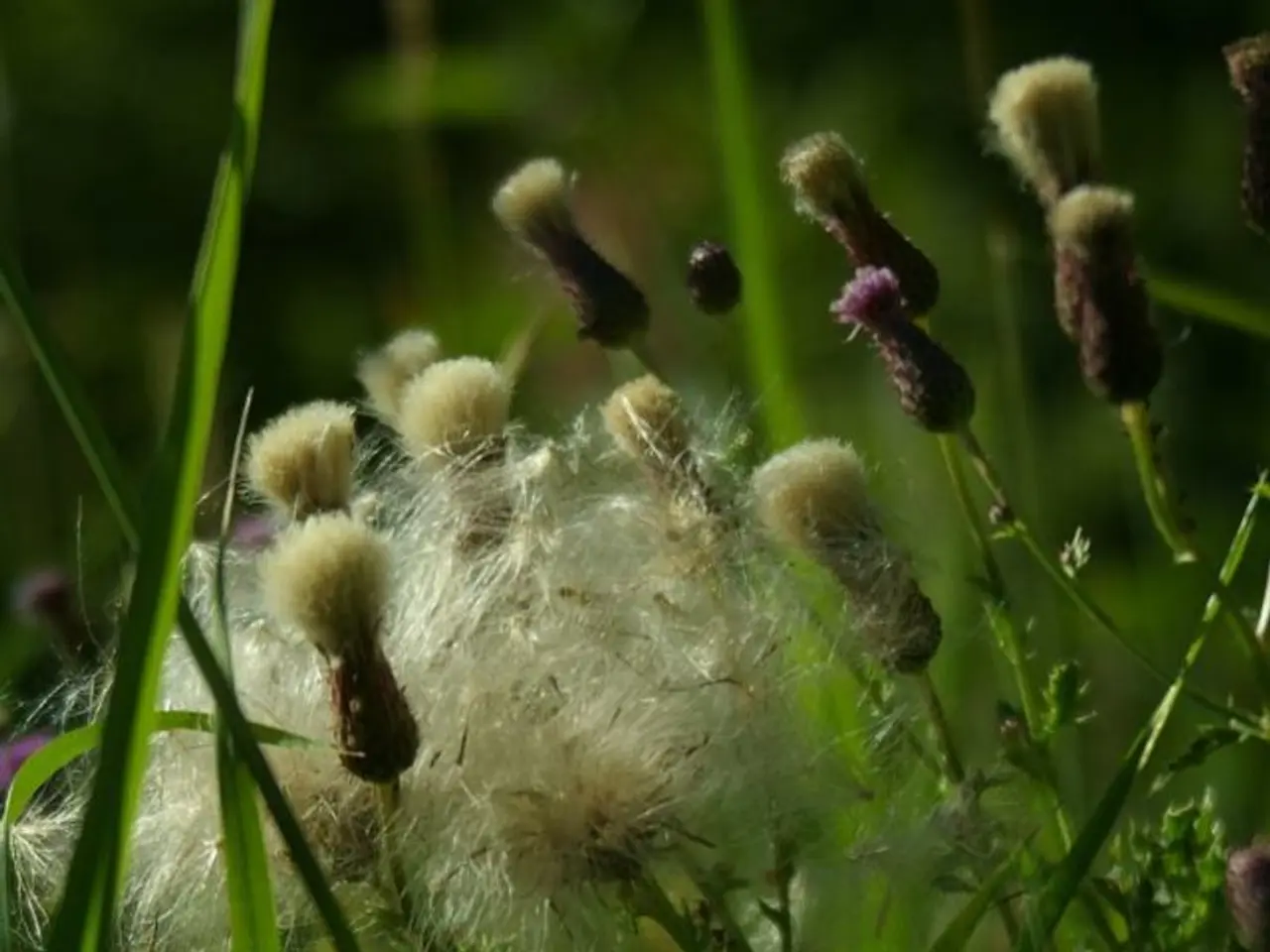The meaning of "10 10 10" in fertilizer refers to a specific balance of nutrients. This composition signifies a 10% nitrogen, 10% phosphate, and 10% potassium content in the fertilizer, which is commonly used for general plant growth.
In the world of gardening, a 10-10-10 fertilizer is a popular choice due to its balanced nutrient composition. This all-purpose, synthetic fertilizer provides equal amounts of Nitrogen (10%), Phosphorus (10%), and Potassium (10%), essential for the growth, root system, and overall health of plants respectively.
However, before applying a 10-10-10 fertilizer, it's crucial to conduct a soil test to determine the current nutrient levels and pH of the soil. This step ensures that you're providing the correct amount of nutrients and avoiding potential over-fertilization.
The application method varies depending on the type of plant. For larger trees, apply the fertilizer within the root zone, which is the area around the trunk up to the longest branch. For flowering plants, weekly application during the growing season is recommended. Established perennials should be fertilized in early spring, while for younger plants, a diluted form of the fertilizer is advisable to prevent harm.
Despite its benefits, the 10-10-10 fertilizer has some drawbacks. It can cause a white crust on the soil surface and is corrosive, potentially damaging lawn equipment. Therefore, it's important to properly wash equipment after use and to wear protective gear such as gloves, safety goggles, and a mask.
High quantities of nitrogen can lead to excess leaf production, compromising fruit growth, and high levels of phosphorus can kill microbes and fungi present in the soil, causing chlorosis in plants. Additionally, the fertilizer formula contains chemicals that can harm plants and cause irritation and chemical burns to skin.
For those seeking a more organic approach, there are alternatives to the 10-10-10 fertilizer. Compost and composted manures provide a balanced, slow-release supply of nutrients while improving soil organic matter and microbial life. Chicken manure, when well-composted, offers nitrogen and other nutrients, but should be used with caution to avoid burning plants.
Fish emulsion is a fast-acting, organic liquid fertilizer high in nitrogen, useful for giving plants a quick nutrient boost without synthetic chemicals. Organic blends like Garden-tone or Flower-tone combine natural ingredients with beneficial microbes and humates to provide steady nutrient feeding for vegetables, herbs, and flowers.
Slow-release mineral amendments such as Sul-Po-Mag supply potassium and magnesium in a form that releases nutrients steadily, complementing organic practices. These options support soil health, avoid excess nitrogen spikes, and promote sustainable gardening with minimal risk of nutrient runoff or plant stress.
In conclusion, whether you opt for a 10-10-10 fertilizer or choose organic alternatives, understanding the needs of your soil and plants is key to a thriving garden. For organic gardening, integrating these natural, slow-release sources is the best practice for sustainable and healthy growth.
[1] National Gardening Association. (2021). Organic Fertilizers. Retrieved from https://www.garden.org/learn/articles/view/3478/ [2] University of California Agriculture and Natural Resources. (2021). Fertilizers. Retrieved from https://www.ipm.ucanr.edu/PMG/r682100811.html [3] Cornell University Cooperative Extension. (2021). Organic Fertilizers. Retrieved from https://www.gardening.cornell.edu/homegardening/factsheets/organicfertilizers.cfm
In the realm of home-and-garden enthusiasts, those seeking a more organic lifestyle might prefer organic fertilizers over the synthetic 10-10-10 fertilizer. Compost and composted manures provide a balanced release of nutrients while improving soil health.
With organic gardening, integrating natural, slow-release sources is the best practice for sustainable and healthy growth, aligning with a lifestyle that prioritizes eco-friendly and sustainable practices.




